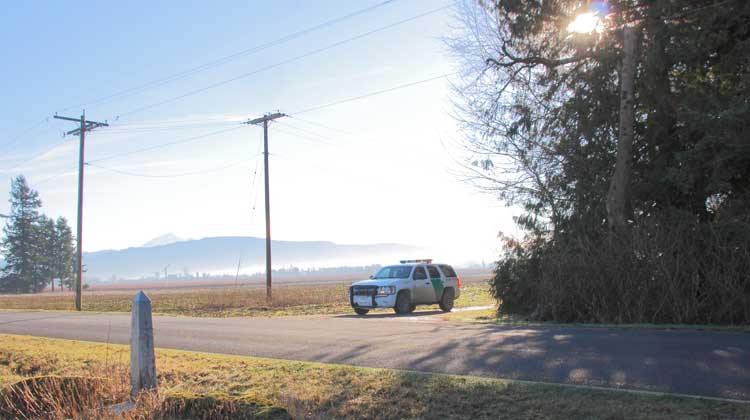
A significant amount of U.S. media and government attention is currently being paid to the immigration crisis along the southwest border. There is a violent drug war being fought in Mexico, and gang violence is overwhelming governments in Central America.
Border Patrol apprehension numbers along the southern border are usually in the hundreds of thousands every year. With only a few thousand apprehensions annually, our northern border with Canada is uneventful by comparison. However, the impact of the Trump administration’s new “zero tolerance” border security policy is being felt there as well.
Illegal Drugs from Canada More of a Security Concern than Illegal Immigrants
Security along the U.S.-Canada border is rarely covered in the media, and even less commonly debated despite the fact that only two percent of it is considered “actively monitored” by the Border Patrol. Illegal drugs like high-potency marijuana and MDMA (a.k.a. Ecstasy) come south, but usually through high-population ports of entry like Detroit and Buffalo, as well as across the Great Lakes. Migrant apprehension numbers have dropped quite a bit over the last few years from an average of approximately 7,400 in fiscal year 2010 to just over 3,000 in fiscal year 2017.
This drop is interesting because until recently, no change has been made to the Department of Homeland Security’s (DHS) Northern Border Strategy (NBS) since it was implemented in 2012. On June 12, DHS announced it was strengthening the NBS and the new version would supersede the 2012 policy.
Continue reading here.
Share